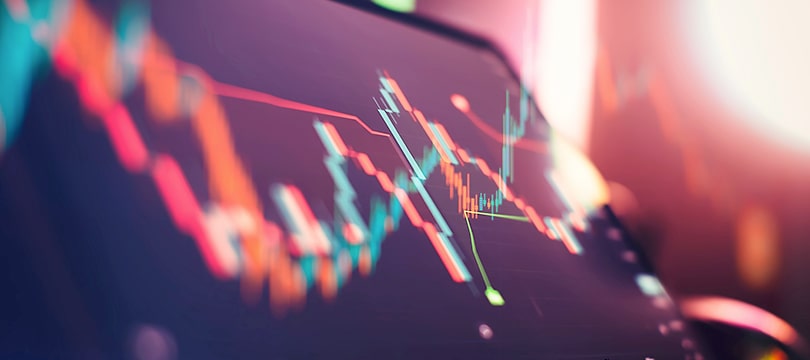Trading attracts many people with the promise of significant profits, but one of the first and most important questions every aspiring trader asks is: "How much money should I invest in trading?". This article will explore the concept of initial trading capital, the risks associated with investing too little or too much, and how to properly set up your initial capital.
The concept of initial capital
Initial trading capital refers to the sum of money an individual is willing and able to invest to start trading. It is a fundamental element that can influence not only potential gains but also risks. Contrary to popular belief, there is no universal figure that is valid for everyone, as it depends on multiple factors, namely financial goals, risk tolerance, trading experience, and personal financial situation.
The initial capital should be an amount that, if lost, would not compromise the individual's financial stability or lifestyle.
It should also be noted that the initial capital is not just an amount to be deposited into a trading account. It is a decision that reflects an individual's level of commitment, seriousness, and expectations towards trading.
What happens to those who invest too much... Or too little in trading
Investing too little or too much in trading can involve various risks.
Let's start with the risks of too little capital.
- Limited opportunities. A small capital can limit trading opportunities, as some positions require a minimum investment to be profitable or to cover commissions.
- Overexposure to risk. To try to increase profits, those who invest little may be tempted to use excessive leverage, increasing the risk of significant losses.
- Difficulty in diversifying. Limited capital makes it difficult to adequately diversify the portfolio, exposing the trader to higher risks related to individual investments.
These, on the other hand, are the risks of too much capital.
- Emotional pressure. Investing a large amount of money can increase emotional pressure, leading to impulsive or irrational trading decisions.
- Risk of substantial losses. An initial capital that is too high, especially if it is a significant portion of personal assets, can lead to financial losses that radically impact quality of life.
- Overly conservative behavior. Sometimes, investing too much can lead to an overly cautious attitude, limiting potential gains and the ability to take advantage of market opportunities.
How to properly set up initial capital
Here are some tips for less experienced traders to define their initial capital, that is, to understand how much to invest in trading.
- Assess your financial situation. It is necessary to consider current financial obligations (e.g., mortgage), income, assets, and future expenses. The initial capital should never consist of funds needed for essential expenses or savings intended for important purposes such as education or retirement.
- Define your risk tolerance. Risk tolerance varies from individual to individual. Honestly assessing how much you are willing to risk is crucial in establishing an appropriate initial capital. In this perspective, classic questionnaires for composing financial profiles could prove useful.
- Set clear goals. That is, decide in advance what you intend to achieve with trading. Establishing clear objectives will help determine how much to invest and manage capital more effectively.
- Undertake a training path. Before investing, it's a good idea to get trained. Understanding markets, different trading instruments, and strategies allows for more informed choices about the capital to invest.
- Start with a demo account. Before investing real money, it can be helpful to practice with a demo account. This allows you to become familiar with trading without jeopardizing real capital.




